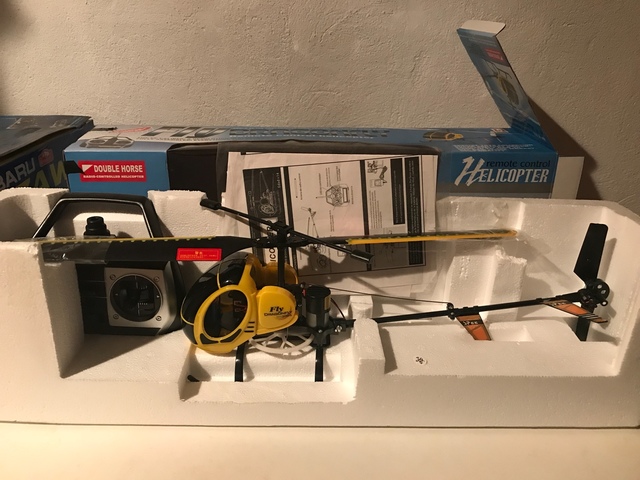

L.R. Newcome: Unmanned Aviation, a Brief History of Unmanned Aerial Vehicles (American Institute of Aeronautics and Astronautics, Reston 2004)

Anderson: Samuel Pierpont Langley - Americaʼs first aeronautical engineer, 38th AIAA Aerospace Sciences Meeting and Exhibit, Reno (2000) paper 0164 Michelson: International aerial robotics competition - The worldʼs smallest intelligent flying machines, 13th RPVs/UAVs International Conference, UK (1998) pp. This process is experimental and the keywords may be updated as the learning algorithm improves. These keywords were added by machine and not by the authors. The largest obstacle to the commercial development of aerial robots is, however, the necessity to comply with and support a regulatoryĮnvironment which is only beginning to address these rapidly developing systems. However, many universities, research centers, and industries have now met this requirement and are actively working on the challenges presented above. Similar to their manned counterparts, aerial robots may enjoy diverse propulsion systems and operate over large speed ranges.Īerial robots must be equipped with reliable position and actuation equipment so as to be capable of controlled flight, and this constitutes a nontrivial requirement prior to doing research or development in this field. The size of aerial robots can considerably influence their flight dynamics, and small aerial robots can end up looking considerably different from their larger counterparts. The challenges faced by aerial robots span several and distinct fields, including state regulations, man–machine interface design issues, navigation, safety/reliability, collision prevention, and take-off/landing techniques. Building from basic notions of flight, propulsion, and available sensor technology, the chapter then moves on to describe some of the current research efforts aimed at addressing the various challenges faced by aerial robots. The list of current challenges to aerial robotics is then described. It then continues by describing the range of possible and actual applications of aerial robotics. This chapter first presents a brief history of aerial robotics. The range of civilian applications is even greater and includes remote sensing, disaster response, image acquisition, surveillance, transportation, and delivery of goods. Military applications of aerial robotics have been recognized ever since the beginnings of powered flight, and they have already been realized to sometimes spectacular effect in surveillance, targeting, and even strike missions. A wide array of potential applications exist for robots that have the level of mobility offered by flight.


 0 kommentar(er)
0 kommentar(er)
